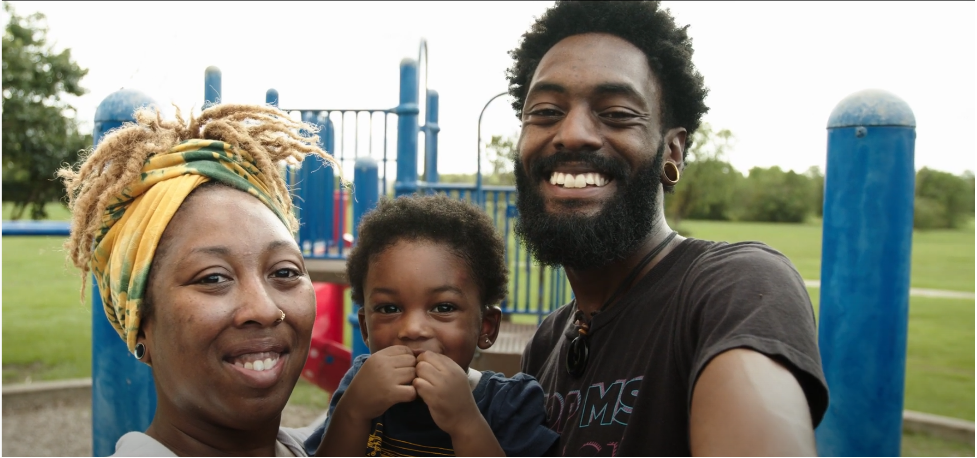
Credit: Houston Parks Board
In some ways, “social determinants” is just another way of saying something that should be obvious: that mental health and well-being is radically tied to place. The histories of places, and how physical space is configured, by whom and for whom, is something that has profound ramifications for mental health and well-being. In particular, access to the outdoors is a key social determinant of mental health. It is something that some must struggle to obtain while a fortunate few take it for granted. When the Hogg Foundation launched the Communities of Care initiative in 2018, we took that opportunity to support a project, Healthy Outdoor Communities Initiative, that works to advance the equitable use of public parks and green space to improve mental health outcomes and quality of life for underserved children and families in the Houston area.
For this episode of Into the Fold, we caught up with Sheila Savannah, director of Prevention Institute, the organization that coordinates the Communities of Care initiative, and Kelly Burnett, activation and volunteer manager of Houston Parks Board, and coordinator of Healthy Outdoor Communities.
Changing the Landscape
“We know that the value of parks and green space and healthy environments has a tremendous impact on health, so I think when we look at the health disparities, we have to also look at what have been the investments in those communities,” says Sheila. Sheila explains health department data showing that historic patterns of disinvestment are visible on the very map of Houston—first as a “Y” pattern that traces the freeway system, and more recently an “inverted C” pattern that surrounds many of the city’s less advantaged neighborhoods.
“There’s just certain communities [like] across the north end of the city, down the eastern corridor, then in the southern portion of the city, and then a little bit toward Fort Bend and Gulfton and Alief – that are communities that just struggle,” says Sheila. “We also know that those are communities that have less trees, they have less large parks, and that you have to start looking at how that correlates to health outcomes.”
A recent report co-published by Prevention Institute and Robert Wood Johnson Foundation, titled, “Changing the Landscape: People, Parks, and Power,” reinforces these points. To quote the report:
Far from being accidental or coincidental, green space inequities reflect the systematic production of inequities owing to historical and current-day policies and practices. Like the gears of a machine, the policies and practices underlying green space inequities interact with and exacerbate each other over time to produce inequities at the community level.
The report cites a number of interlocking factors, including racial segregation, the interstate highway system, bank redlining, disinvestment in urban cores, and biased city planning, to explain green space inequities. The report goes on to offer a number of recommendations, encompassing both macro-level (policy and systems change) and micro-level (park and green space projects) solutions to address the problem.
Green Space and Mental Health for Houston
For Kelly Burnett, activation and volunteer manager of Houston Parks Board, her current role as project coordinator for Healthy Outdoor Communities in some ways parallels the Houston Parks Board’s own emergence as not just a developer of park space, but an active steward of it. Kelly says that Healthy Outdoor Communities is an offshoot of earlier work by Houston Parks Board to invest in green spaces along the city’s cherished Bayou Greenways, and the recognition that certain communities had potential for parks development that was going underutilized.
“It’s a collaborative approach to park access and equity in communities. And we ended up landing on Third Ward and Acres Homes as the [spaces] we would work on first” for Healthy Outdoor Communities, says Kelly. “We’re on a mission to support good health and well-being in children, youth and families for historically undervalued communities, which is a huge piece and driver of the Communities of Care initiative.”
